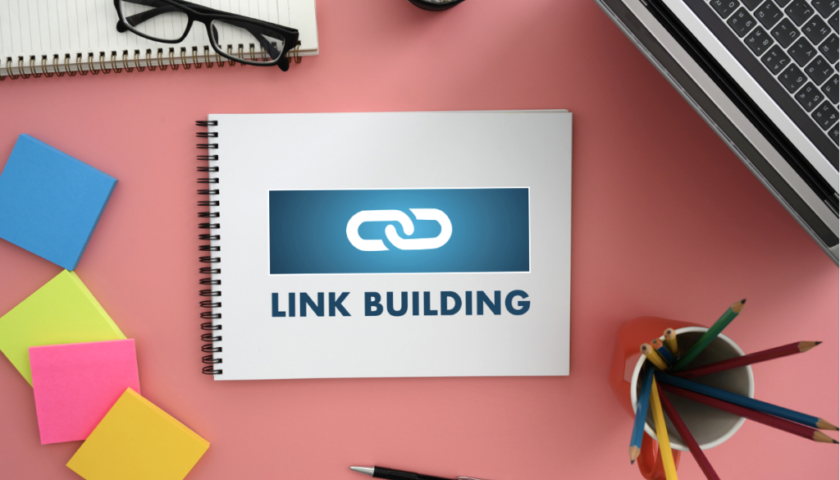In today’s digital age, a website serves as the digital face of your brand. It’s the first point of contact for potential customers, investors, and stakeholders. Hence, it’s crucial that your website not only looks visually appealing but also resonates with your brand’s values and ethos. In this blog post, we’ll explore the steps to create a website that authentically reflects your brand identity.
Understanding Your Brand Values
Before diving into website design, it’s essential to have a clear understanding of your brand values. What principles does your brand stand for? What emotions or messages do you want to evoke in your audience? Take some time to articulate your brand’s core values, mission, and vision. This foundational step will guide all aspects of your website creation process.
Consistency is Key
Consistency is vital in branding, and your website should reflect this consistency across all its elements. From color scheme and typography to imagery and tone of voice, every aspect should align with your brand identity. Consistent branding fosters trust and recognition among your audience, making it easier for them to connect with your brand on a deeper level.
Visual Identity: Designing with Purpose
As a leading web design agency in Qatar we can explain visual elements play a significant role in shaping the perception of your brand. Choose colors, fonts, and imagery that not only look good but also convey the essence of your brand. For instance, if your brand is all about eco-friendliness and sustainability, using earthy tones and nature-inspired imagery would be appropriate. Conversely, a technology-focused brand might opt for sleek, modern design elements.
Content that Resonates
Beyond aesthetics, the content on your website should also reflect your brand values. Whether it’s the About Us page, product descriptions, or blog posts, every piece of content should align with your brand’s tone and messaging. Be authentic and transparent in your communication, and strive to create content that resonates with your target audience.
User Experience (UX) Matters
A seamless user experience is essential for keeping visitors engaged and encouraging them to explore your website further. Pay attention to navigation, page loading speed, and mobile responsiveness to ensure a smooth browsing experience for users across all devices. Remember, a positive user experience reflects positively on your brand and can influence purchase decisions.
Showcase Your Values
Your website is an excellent platform to showcase your commitment to your brand values. Whether it’s through a dedicated CSR (Corporate Social Responsibility) page highlighting your sustainability initiatives or testimonials from satisfied customers, leverage your website to demonstrate how your brand is making a positive impact in the world.
Feedback and Iteration
Once your website is live, gather feedback from users and analyze website analytics to identify areas for improvement. Continuously iterate and refine your website to better align with your brand values and meet the evolving needs of your audience. A website is never truly finished—it’s an ongoing project that requires regular maintenance and updates.
In conclusion, creating a website that aligns with your brand values is a strategic endeavor that requires careful planning and execution. By understanding your brand values, maintaining consistency, designing with purpose, creating resonant content, prioritizing user experience, showcasing your values, and seeking feedback for improvement, you can build a website that not only looks great but also authentically represents your brand identity to the world.
Defining Your Brand Identity
Before embarking on the website creation journey, it’s crucial to have a clear understanding of your brand identity. What sets your brand apart from competitors? What values and principles do you want to communicate to your audience? Take the time to define your brand’s personality, voice, and visual style. This foundational step will serve as a guiding light throughout the website development process.
Establishing a Visual Language
Visual elements are powerful tools for conveying brand identity. From color palettes and typography to imagery and graphic elements, every aspect of your website’s design should reflect your brand’s visual language. Consider the emotions and associations that different colors evoke and choose ones that align with your brand values. Likewise, select fonts that complement your brand’s personality and ensure readability across various devices and screen sizes.
Crafting Compelling Content
Content is king, and your website’s copy plays a crucial role in communicating your brand’s values and messaging. Develop a content strategy that aligns with your brand identity and resonates with your target audience. Whether it’s the homepage headline, product descriptions, or blog posts, ensure that your content reflects your brand’s tone of voice and values. Be authentic, engaging, and informative to captivate visitors and keep them coming back for more.
Designing for Accessibility
Inclusivity should be a core principle of your website design. Ensure that your website is accessible to users of all abilities, including those with disabilities. Implement features such as alternative text for images, keyboard navigation, and clear headings to improve accessibility. By designing with inclusivity in mind, you demonstrate your brand’s commitment to diversity and equality, fostering a positive perception among users.
Cultivating Community Engagement
Your website can serve as a hub for community engagement and interaction. Incorporate features such as comment sections, forums, or social media integration to encourage visitors to engage with your brand and each other. By fostering a sense of community around your brand, you not only deepen customer relationships but also create opportunities for valuable user-generated content and feedback.
Optimizing for Search Engines
A beautiful website is meaningless if no one can find it. Optimize your website for search engines to improve visibility and attract organic traffic. Conduct keyword research to identify relevant search terms related to your brand and incorporate them strategically into your website’s content and metadata. Additionally, focus on technical aspects such as page speed, mobile-friendliness, and structured data markup to enhance your website’s search engine ranking.
Embracing Innovation and Technology
The digital landscape is constantly evolving, and your website should evolve with it. Embrace innovative technologies and trends to stay ahead of the curve and provide users with cutting-edge experiences. Whether it’s implementing AI-powered chatbots for customer support, incorporating immersive multimedia content, or adopting responsive design principles, be proactive in leveraging technology to enhance your website’s functionality and user experience.
Conclusion
Building a website that aligns with your brand values is a multifaceted endeavor that requires careful consideration of design, content, accessibility, community engagement, search engine optimization, and technological innovation. By defining your brand identity, establishing a visual language, crafting compelling content, designing for accessibility, cultivating community engagement, optimizing for search engines, and embracing innovation, you can create a website that not only looks great but also authentically represents your brand to the world. Remember, your website is more than just a digital storefront—it’s a powerful tool for connecting with your audience and expressing your brand’s unique identity and values.




